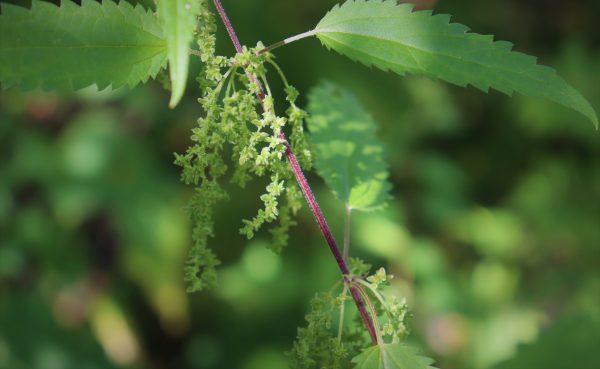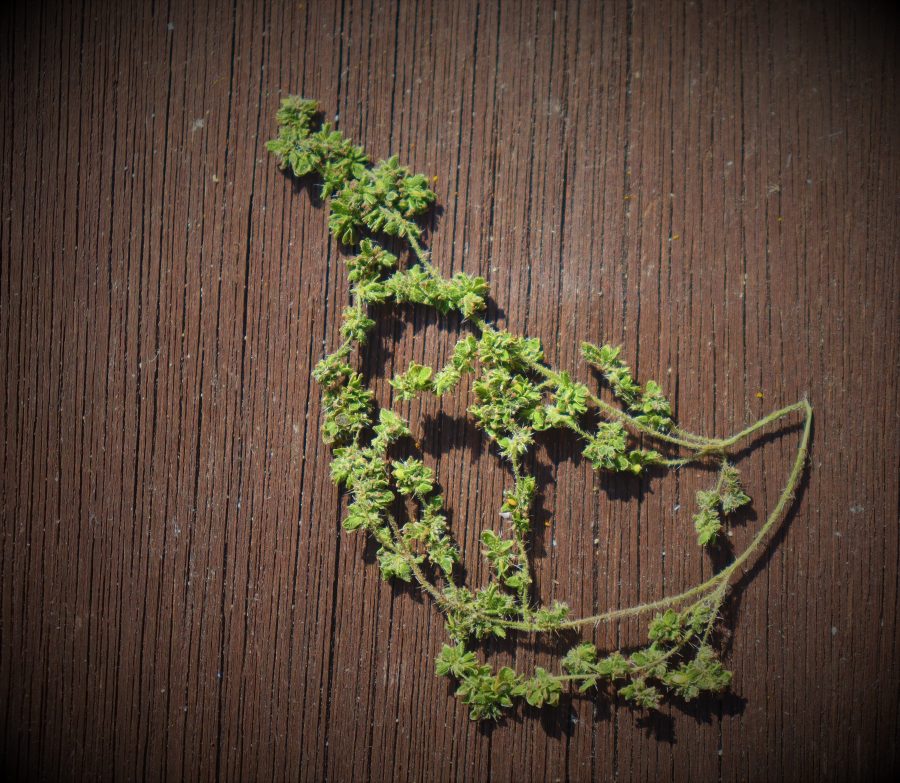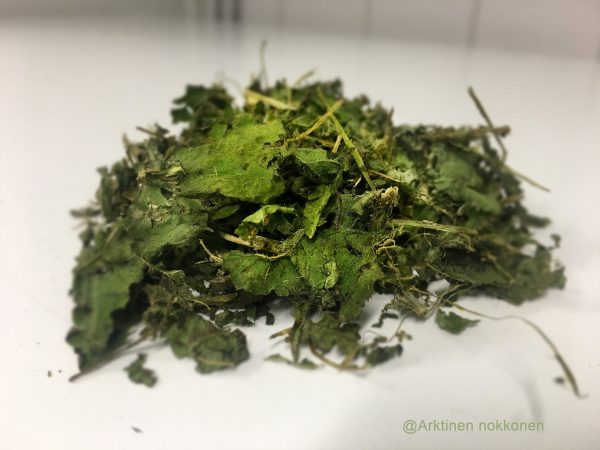Nokkonen | Nettle
| Nokkonen on yksi monipuolisimmista luonnonkasveista maassamme. Nokkosella on vahva historia ja siitä on valmistettu tekstiilejä jo kivikauden aikana sekä käytetty rohtona muun muassa antiikin Kreikassa. Edelleen nokkosta käytetään monipuolisesti niin kotitalouksissa kuin elintarvikkeissa. Nokkosen korkean ravintoainepitoisuuden ansiosta se on todellista superfoodia, mutta siitä voidaan valmistaa niin tekstiilejä, lannoitteita kuin kasvinsuojeluaineita. |

| Nokkonen sisältää runsaasti C-vitamiinia, kaliumia, kalsiumia, rautaa ja monia muita vitamiineja ja hivenaineita. Nokkosta verrataan usein pinaattiin, joskin nokkosella on huomattavasti korkeammat ravinto- ja kivennäisainepitoisuudet. Nokkosesta voidaan käyttää hyödyksi kaikki; lehdet, varret, siemenet ja juuret. |
| Suomessa kasvaa isonokkosen (Urtica dioica) alalajit: etelännokkonen (Urtica dioica ssp. dioica) ja pohjannokkonen (Urtica dioica ssp. sondenii). Etelännokkonen, jota kutsutaan tavallisemmin nokkoseksi, on villi, ruohovartinen ja monivuotinen kasvi, joka on pohjoisinta Lappia lukuunottamatta yleinen koko maassa. Se on kaksineuvoinen, eli hede- ja emikukat ovat eri varsissa tai yksilöissä ja se tuottaa runsaasti siemeniä, mutta leviää myös rönsyilevällä juuristolla. Nokkonen kasvaa noin 30 – 150 senttimetrin korkeuteen ja koko kasvissa on poltinkarvoja. Pohjannokkonen puolestaan on lähes poltinkarvaton alalaji, joka kasvaa erityisesti maan pohjoisosissa. |

|
Nokkonen kasvaa monenlaisilla kasvupaikoilla ja on helposti leviävä, jonka vuoksi sitä usein pidetään rikkaruohona. Typpeä suosivana lajina nokkonen kasvaa erityisen hyvin ravinnerikkailla ja kosteilla paikoilla. Tämän vuoksi nokkosta tavataan yleisesti lehtomaisilla kasvupaikoilla, asutusten läheisyydessä, niityillä, metsien ja vesistöjen läheisyydessä ja erityisesti maatilojen pihapiireissä. Nokkosta kasvaa myös metsissä, useimmiten metsittyneillä pelloilla ja laitumilla. |
Lue lisää nokkosesta (Finelli.fi)
Lue lisää nokkosesta (Finelli.fi)
Lue lisää nokkosesta (Luontoportti.com)
Lue lisää nokkosesta (Arktiset aromit.com)
Lue lisää nokkosesta (Arcticwarriors.fi)
Lue lisää nokkosesta (martat.fi)

| Nettle is one of Finland’s most versatile wild plants. The plant has a broad history: it was already used to make textiles during the Stone Age and it was used as medicine in Ancient Greece. Nettle is still being used for a variety of purposes in homes and food products. The high nutrient content of nettle makes it a true superfood, but it can also be used to manufacture textiles, fertilisers and pesticides. |
| Nettle contains an abundance of vitamin C, potassium and iron, as well as many other vitamins and trace elements. Nettle is often compared to spinach, although nettle contains significantly more nutrients and minerals. The entire plant can be utilised: leaves, stem, seed and roots. |
| Two subspecies of the common stinging nettle (Urtica dioica) grow in Finland: the European stinging nettle (Urtica dioica ssp. dioica) and a rarer northern subspecies (Urtica dioica ssp. sondenii). Native to Finland, the European stinging nettle is a herbaceous, perennial plant that is common in the entire country, except for northernmost Lapland. It is hermaphroditic, meaning that staminate and pistillate flowers grow on different stems or in different specimens. The European stinging nettle produces copious amounts of seeds and also spreads through its creeping roots. The European stinging nettle grows to a height of some 30–150 centimetres, and the entire plant is covered in stinging hairs. Urtica dioica ssp. sondenii, on the other hand, has almost no stinging hairs at all and grows in the northernmost part of Finland. |
| Nettle can grow in a variety of habitats and spreads easily, which is why it is often considered a weed. Favouring nitrogenous soil, nettle grows especially well in moist areas with plenty of nutrients and is thus common in areas with rich grass-herb vegetation, close to human settlements, in meadows, close to forests and waterways, and especially around farms. Nettle can also grow in forests, most often in overgrown fields or pastures. |
Read more about nettle (Finelli.fi)
Read more about nettle (Finelli.fi)
